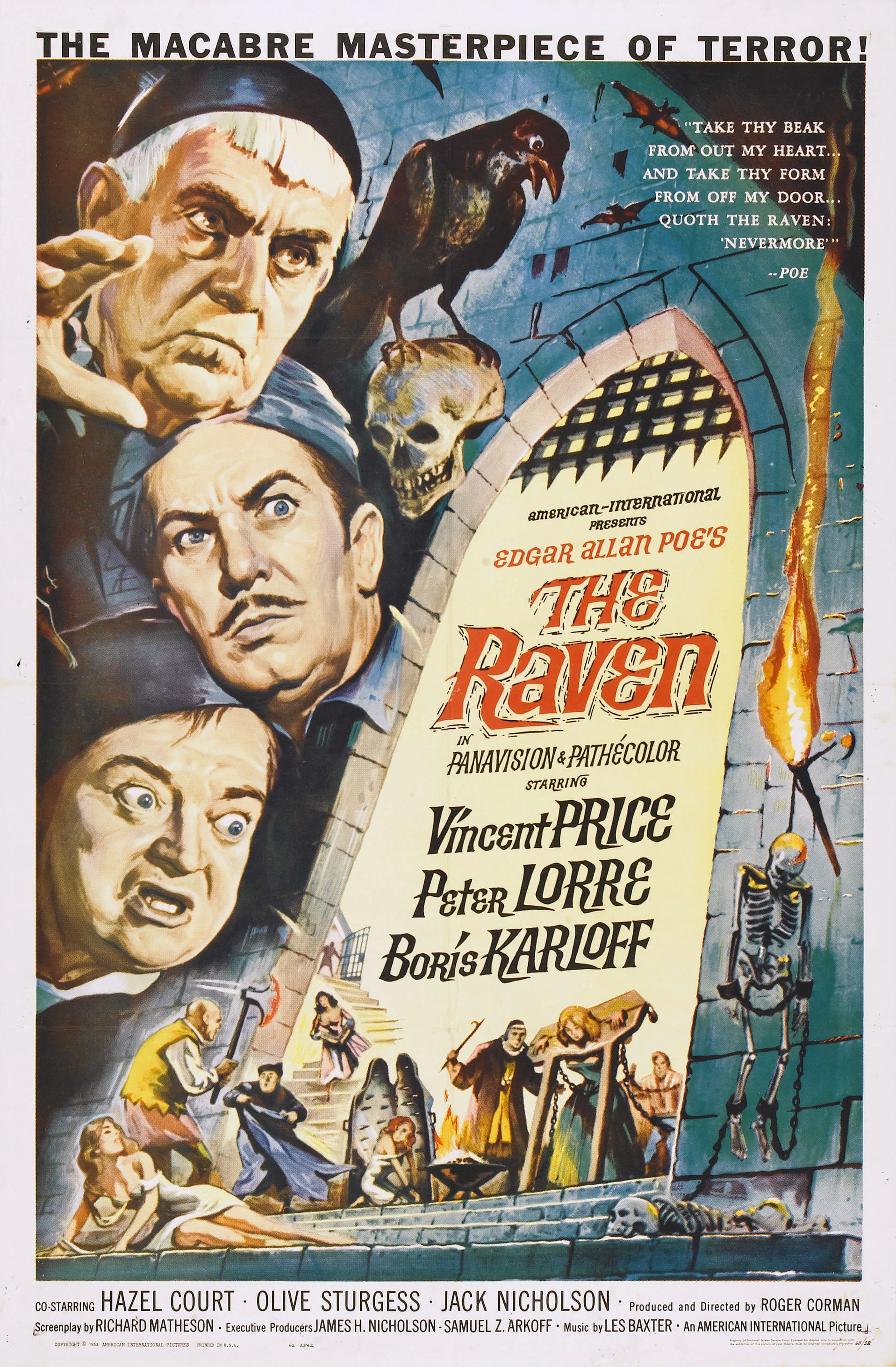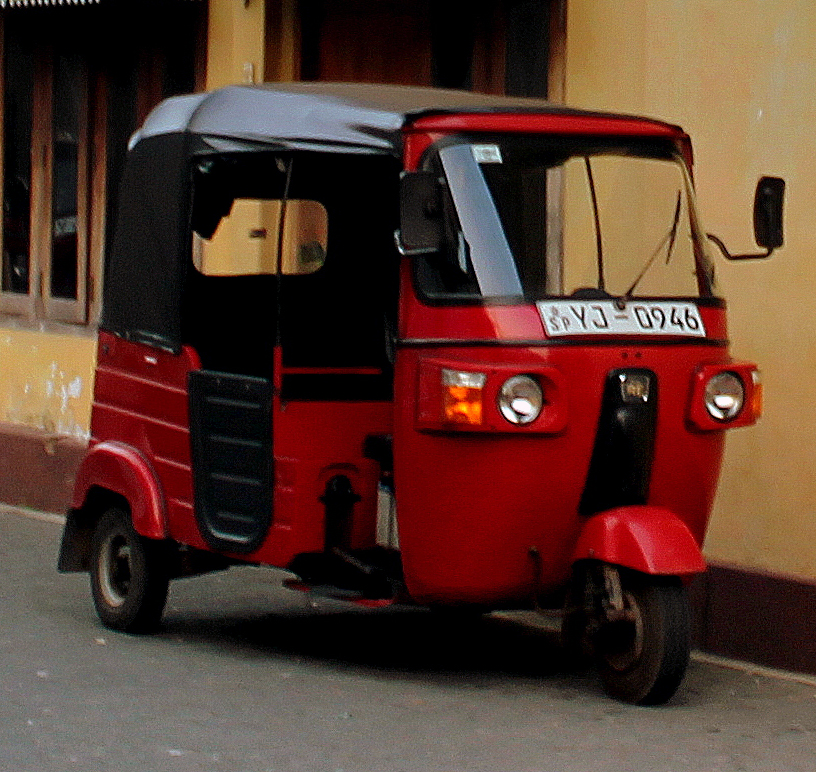|
Ong Bak
''Ong-Bak: Muay Thai Warrior'' ( th, องค์บาก, ), also known in the United States as ''Ong-Bak: The Thai Warrior'' is a 2003 Thai martial arts film directed by Prachya Pinkaew, featured stunt choreography by Panna Rittikrai and starring Tony Jaa. ''Ong-Bak'' proved to be Jaa's breakout film, with the actor hailed internationally as the next major martial arts star. Jaa went on to star in ''Tom-Yum-Goong'' (called ''The Protector'' in the US and ''Warrior King'' in the UK) and directed and starred in two prequels to ''Ong-Bak'': '' Ong-Bak 2'' and '' Ong-Bak 3''. Plot In the village of Ban Nong Pradu in rural northeastern Thailand lies an ancient Buddha statue named Ong-Bak. The village falls in despair after thieves from Bangkok decapitate the statue and take the head with them. Ting, a villager extremely skilled in Muay Thai, volunteers to travel to Bangkok to recover the stolen head of Ong-Bak. His only lead is Don, a drug dealer who attempted to buy an amulet in ... [...More Info...] [...Related Items...] OR: [Wikipedia] [Google] [Baidu] |
Prachya Pinkaew
Prachya Pinkaew ( th, ปรัชญา ปิ่นแก้ว; ; born September 2, 1962) is a Thai film director, film producer and screenwriter. His films include '' Ong-Bak: Muay Thai Warrior'' and ''Tom-Yum-Goong'', both martial arts films starring Tony Jaa. Biography Prachya graduated from Nakhon Ratchasima Technology College in Nakhon Ratchasima Province, Thailand, in 1985, majoring in architecture. He began his career in 1990, working as an art director and later as creative director at Packshot Entertainment, an advertising firm. He directed music videos and won several Best Music Video Awards at Thailand's Golden Television Awards. His first feature film was made in 1992 and called ''The Magic Shoes''. It was followed in 1995 by ''Dark Side Romance'', a karmic thriller-romance. By 1998, Open Maker Head and BaaRamEwe 1999 was concentrating on producing films, including the vampire movie ''Body Jumper'', the action-comedy '' Heaven's Seven'', the horror movie '' 999-999 ... [...More Info...] [...Related Items...] OR: [Wikipedia] [Google] [Baidu] |
Muay Thai
Muay Thai ( th, มวยไทย, , ), sometimes referred to as Thai boxing, is a combat sport that uses stand-up striking along with various clinching techniques. This discipline is known as the "art of eight limbs", as it is characterised by the combined use of fists, elbows, knees and shins. Muay Thai became widespread internationally in the late 20th to 21st century, when Westernised practitioners from Thailand began competing in kickboxing and mixed-rules matches as well as matches under muay Thai rules around the world. The professional league is governed by The Professional Boxing Association of Thailand (P.A.T), sanctioned by The Sports Authority of Thailand (S.A.T.). Muay Thai is related to other martial art styles such as musti-yuddha, Adimurai, muay Chaiya, muay boran, muay Lao, lethwei, pradal serey and tomoi. Muay Thai developed from the traditional muay boran. A practitioner of muay Thai is known as a ''nak muay''. Western practitioners in Thailand are so ... [...More Info...] [...Related Items...] OR: [Wikipedia] [Google] [Baidu] |
B-movie
A B movie or B film is a low-budget commercial motion picture. In its original usage, during the Golden Age of Hollywood, the term more precisely identified films intended for distribution as the less-publicized bottom half of a double feature (akin to B-sides for recorded music). However, the U.S. production of films intended as second features largely ceased by the end of the 1950s. With the emergence of commercial television at that time, film studio B movie production departments changed into television film production divisions. They created much of the same type of content in low budget films and series. The term ''B movie'' continues to be used in its broader sense to this day. In its post-Golden Age usage, B movies can range from lurid exploitation films to independent arthouse films. In either usage, most B movies represent a particular genre—the Western was a Golden Age B movie staple, while low-budget science-fiction and horror films became more popular in the ... [...More Info...] [...Related Items...] OR: [Wikipedia] [Google] [Baidu] |
Kickboxing
Kickboxing is a combat sports, combat sport focused on kicking and punch (strike), punching. The combat takes place in a boxing ring, normally with boxing gloves, mouthguards, shorts, and bare feet to favour the use of kicks. Kickboxing is practiced for self-defense, general physical fitness, fitness, or for competition. Some styles of kickboxing include: Karate, Muay Thai, Kickboxing#Oriental_rules, Japanese kickboxing, Sanda (sport), Sanda, and Savate. Although since the dawn of humanity people have faced each other in hand-to-hand combat, the first documentation on the use of kicking and punching in sports combat is from ancient Greece and ancient India.Section XIII: ''Samayapalana Parva'' Book 4: ''Virata Parva'', ''Mahabharata''. But nevertheless, the term kickboxing originated in Japan, in the ... [...More Info...] [...Related Items...] OR: [Wikipedia] [Google] [Baidu] |
Muay Thai
Muay Thai ( th, มวยไทย, , ), sometimes referred to as Thai boxing, is a combat sport that uses stand-up striking along with various clinching techniques. This discipline is known as the "art of eight limbs", as it is characterised by the combined use of fists, elbows, knees and shins. Muay Thai became widespread internationally in the late 20th to 21st century, when Westernised practitioners from Thailand began competing in kickboxing and mixed-rules matches as well as matches under muay Thai rules around the world. The professional league is governed by The Professional Boxing Association of Thailand (P.A.T), sanctioned by The Sports Authority of Thailand (S.A.T.). Muay Thai is related to other martial art styles such as musti-yuddha, Adimurai, muay Chaiya, muay boran, muay Lao, lethwei, pradal serey and tomoi. Muay Thai developed from the traditional muay boran. A practitioner of muay Thai is known as a ''nak muay''. Western practitioners in Thailand are so ... [...More Info...] [...Related Items...] OR: [Wikipedia] [Google] [Baidu] |
Dan Chupong
Chupong Changprung (Thai; ชูพงษ์ ช่างปรุง, RTGS: Dan Chupong; born March 23, 1981 in Kalasin Province, Thailand;Behind the Scenes, BK Magazine, p. 24, December 29, 2006-January 4, 2007. Thai nickname: "Deaw", เดี่ยว) is a Thai actor, martial artist and stuntman. He is also known by his Westernized name, Dan Chupong (the given name is alternatively spelled Choopong or Choupong and the first name is sometimes Danny). Starting out as part of the stunt team of martial-arts choreographer Panna Rittikrai, Chupong's first film credit was as "Bodyguard 4" in '' Ong-Bak: Muay Thai Warrior''. He then went on to leading roles in the 2004 film, '' Born to Fight'' and 2006 film ''Dynamite Warrior''. He has also appeared in Nonzee Nimibutr's '' Queen of Langkasuka'' (2008), '' Somtum'' (2008), ''Ong Bak 2'' (uncredited) and portrayed the main antagonist in Ong Bak 3. He graduate bachelor's degree from Srinakarinwirot Institute of Physical Education To ... [...More Info...] [...Related Items...] OR: [Wikipedia] [Google] [Baidu] |
Chattapong Pantana-Angkul
Chattaphong Pantana-Angkul ( th, ฉัฏฐพงศ์ พันธนะอังกูร, or Chatthapong Pantanaunkul, also known as Lewis Phantana, b. April 8, 1971 in Bangkok) is a Thai actor and martial artist. His films include '' Ong-Bak: Muay Thai Warrior'' and '' Born to Fight''. Filmography * '' 999-9999'' (2002) * '' Ong-Bak: Muay Thai Warrior'' (2003) * ''Club zaa: Pit tamraa saep (คลับซ่า ปิดตำราแสบ)'' (2004) * ''Lizard Woman'' (''Tuk kae phii'') (2004) * ''Be Very Quiet'' (2004) ... Pimp * '' Born to Fight'' (2004) * '' Taepung'' (''Typhoon'') (2005) External links * 1971 births Living people Chattapong Pantana-Angkul Chattapong Pantana-Angkul Chattapong Pantana-Angkul Chattapong Pantana-Angkul Chattaphong Pantana-Angkul ( th, ฉัฏฐพงศ์ พันธนะอังกูร, or Chatthapong Pantanaunkul, also known as Lewis Phantana, b. April 8, 1971 in Bangkok Bangkok, officially known in Thai as K ... [...More Info...] [...Related Items...] OR: [Wikipedia] [Google] [Baidu] |
Myanmar
Myanmar, ; UK pronunciations: US pronunciations incl. . Note: Wikipedia's IPA conventions require indicating /r/ even in British English although only some British English speakers pronounce r at the end of syllables. As John C. Wells, John Wells explains, the English spellings of both Myanmar and Burma assume a non-rhotic variety of English, in which the letter r before a consonant or finally serves merely to indicate a long vowel: [ˈmjænmɑː, ˈbɜːmə]. So the pronunciation of the last syllable of Myanmar as [mɑːr] or of Burma as [bɜːrmə] by some speakers in the UK and most speakers in North America is in fact a spelling pronunciation based on a misunderstanding of non-rhotic spelling conventions. The final ''r'' in ''Myanmar'' was not intended for pronunciation and is there to ensure that the final a is pronounced with the broad a, broad ''ah'' () in "father". If the Burmese name my, မြန်မာ, label=none were spelled "Myanma" in English, this would b ... [...More Info...] [...Related Items...] OR: [Wikipedia] [Google] [Baidu] |
Chao Phraya River
The Chao Phraya ( or ; th, แม่น้ำเจ้าพระยา, , or ) is the major river in Thailand, with its low alluvial plain forming the centre of the country. It flows through Bangkok and then into the Gulf of Thailand. Etymology On many old European maps, the river is named the ''Mae Nam'' (Thai: แม่น้ำ), the Thai word for "river" (literally, "motherly water"). James McCarthy, F.R.G.S., who served as Director-General of the Siamese Government Surveys prior to establishment of the Royal Survey Department, wrote in his account, "''Mae Nam'' is a generic term, ''mae'' signifying "mother" and ''Nam'' "water," and the epithet Chao P'ia signifies that it is the chief river in the kingdom of Siam." H. Warington Smyth, who served as Director of the Department of Mines in Siam from 1891 to 1896, refers to it in his book first published in 1898 as "the Mae Nam Chao Phraya". In the English-language media in Thailand, the name Chao Phraya River is oft ... [...More Info...] [...Related Items...] OR: [Wikipedia] [Google] [Baidu] |
Auto Rickshaw
An auto rickshaw is a motorized version of the pulled rickshaw or cycle rickshaw. Most have three wheels and do not tilt. They are known by many terms in various countries including auto, auto rickshaw, baby taxi, mototaxi, pigeon, jonnybee, bajaj, chand gari, lapa, tuk-tuk, tum-tum, Keke-napep, Maruwa, 3wheel, pragya, bao-bao, easy bike, cng and tukxi. The auto rickshaw is a common form of urban transport, both as a vehicle for hire and for private use, in many countries around the world. They are especially common in countries with tropical or subtropical climates, since they usually are not fully enclosed, and in many developing countries because they are relatively inexpensive to own and operate. As of 2019, Bajaj Auto of India is the world's largest auto rickshaw manufacturer, selling 780,000 during the 2019 fiscal year. There are many different auto rickshaw designs. The most common type is characterized by a sheet-metal body or open frame resting on three wheels; a canvas ... [...More Info...] [...Related Items...] OR: [Wikipedia] [Google] [Baidu] |
Baccarat (card Game)
Baccarat or baccara (; ) is a card game played at casinos. It is a comparing card game played between two hands, the "player" and the "banker". Each baccarat coup (round of play) has three possible outcomes: "player" (player has the higher score), "banker", and "tie". There are three popular variants of the game: ''punto banco'', ''baccarat chemin de fer'',"Baccarat" in ''Chambers's Encyclopædia''. London: George Newnes, 1961, Vol. 2, pp. 32-33. and ''baccarat banque'' (or ''à deux tableaux''). In ''punto banco'', each player's moves are forced by the cards the player is dealt. In ''baccarat chemin de fer'' and ''baccarat banque'', by contrast, both players can make choices. The winning odds are in favour of the bank, with a house edge of at least 1 percent. History The origins of the game are disputed, and some sources claim that it dates to the 19th century. Other sources claim that the game was introduced into France from Italy at the end of the 15th century by soldiers re ... [...More Info...] [...Related Items...] OR: [Wikipedia] [Google] [Baidu] |


.jpg)

_-_img_05.jpg)
